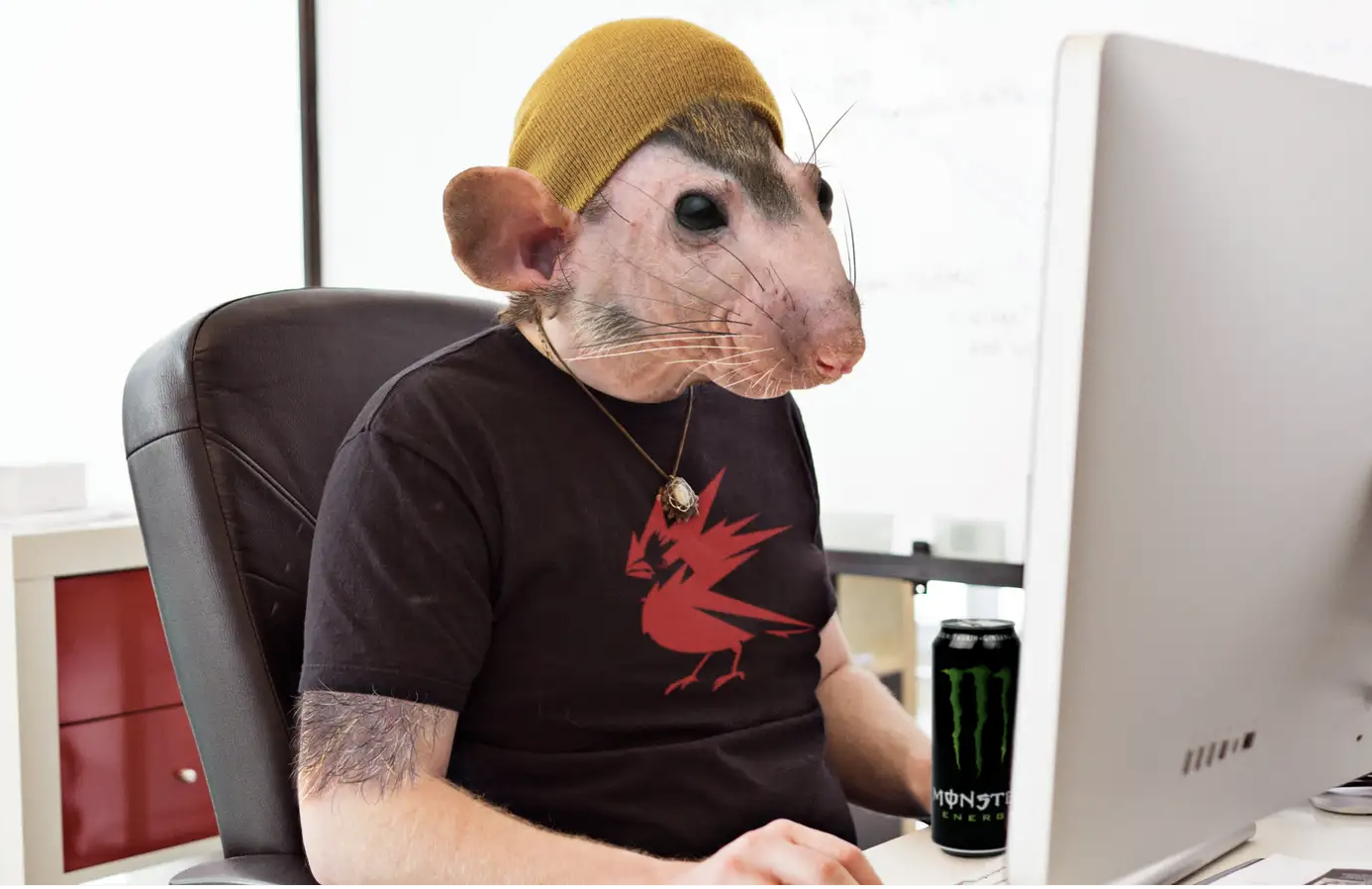The Washington Post – In work that could boost our understanding of brain disorders and enable discovery of new drugs to treat them, researchers at Stanford University School of Medicine transplanted human brain tissue into rats, where it became a functional part of their brains.
Their study, published Wednesday in the journal Nature, took seven years to complete and involved extensive ethical discussions about animal welfare and other issues. The study’s most immediate applications will involve research into conditions such as autism, epilepsy, schizophrenia and intellectual disabilities.
Transplant of human brain tissue into rats could help study autism, other disorders
The implanted human brain tissue was created in the lab using a technique that allows scientists to change skin cells into the equivalent of embryonic stem cells — the cells from which all others develop as the embryo grows.
In the lab, scientists can nudge these cells down the developmental pathway, growing them into any one of the 200 or so types of cells in the human body.
Researchers created clumps of these cells that resemble parts of the brain. The clumps, known as organoids, resembled the cerebral cortex, the outermost layer of the brain associated with some of its most advanced processes, including language, memory, thought, learning, decision-making, emotion, intelligence and personality.
Satire becomes reality; spoof news site The Onion reported in 2017:
“Breeding a race of grotesque human-rat hybrids that can work as programmers for weeks on end without the need for sleep or food.”
Using syringes, the scientists injected the human brain tissue into the brains of rat pups two to three days old.
Rat brain cells then migrated to the human tissue and formed connections, incorporating the human cells in their brain’s machinery.
“We don’t remove that part of the rat brain. Essentially what happens is that the rat tissue is pushed aside,” said Sergiu Pasca, professor of psychiatry and behavioral sciences at Stanford, who led the study.
The human brain tissue measured roughly one-fifth of an inch when transplanted, but it expanded and by six months accounted for about one-third of the hemisphere of the rat’s brain.
The brain is organized into two hemispheres, right and left, each responsible for different functions.
Deep inside the rat’s brain, human and rat cells connected in the thalamus, the area critical for sleep, consciousness, learning, memory and processing information from all of the senses, except for smell … READ MORE.



